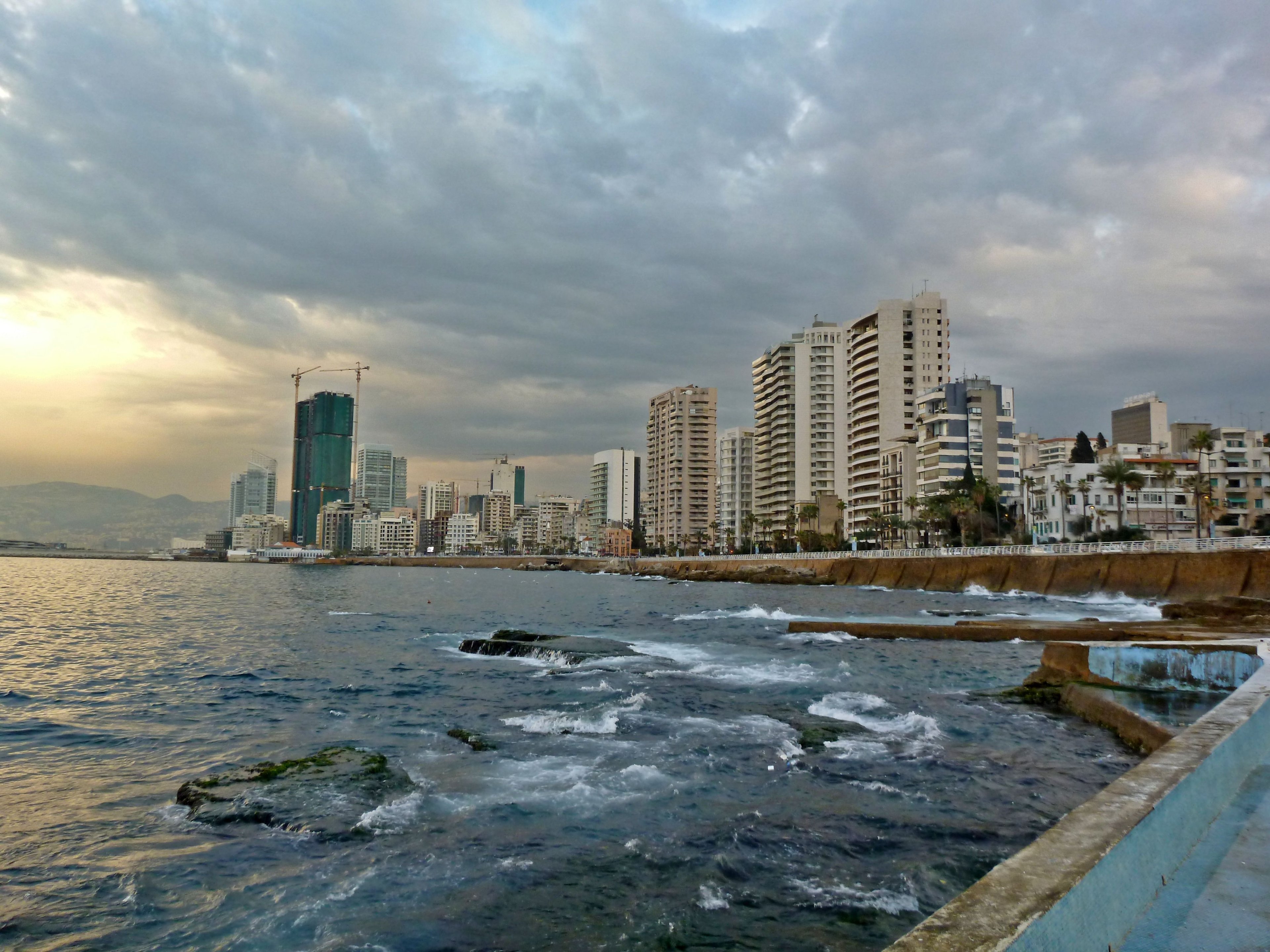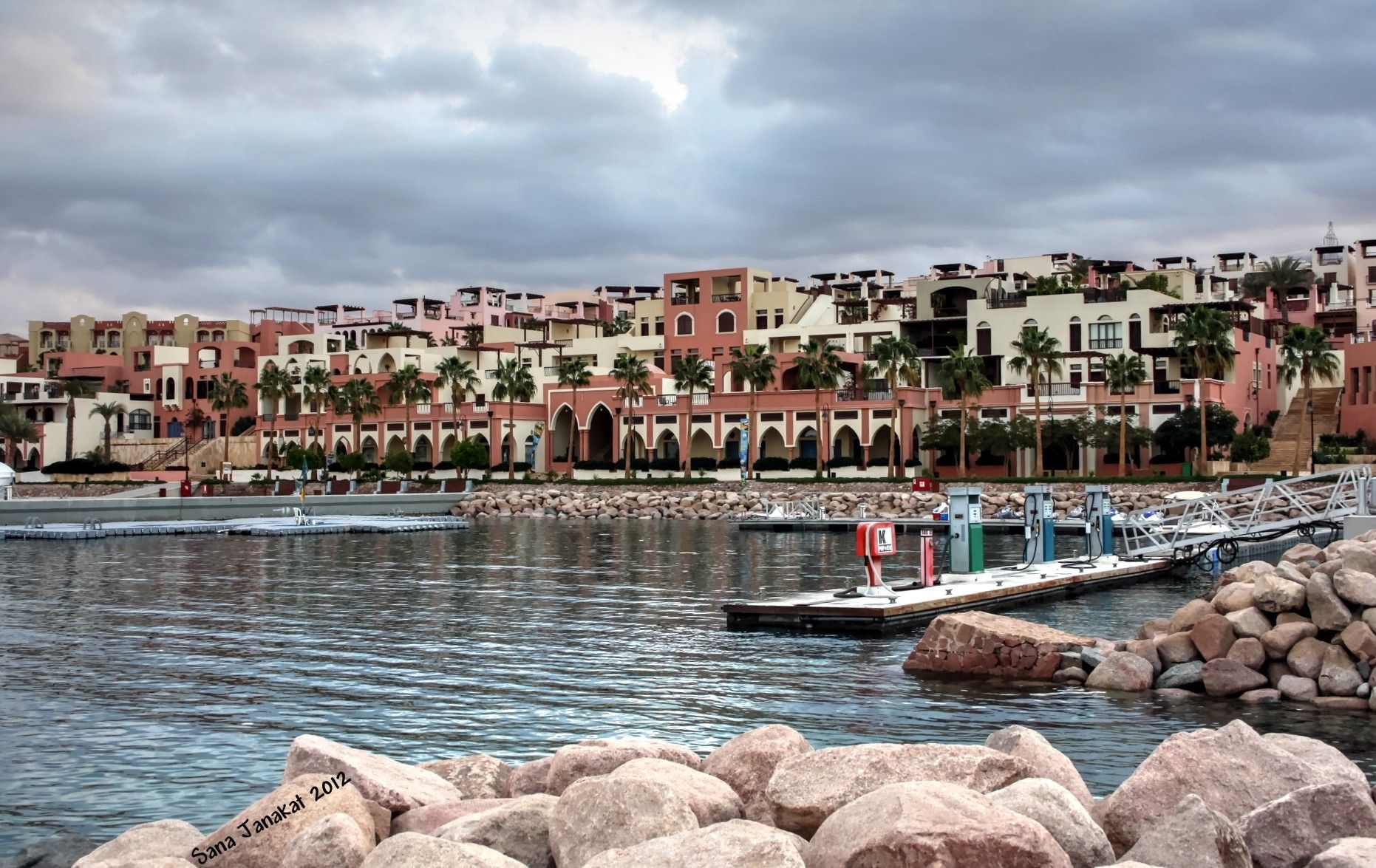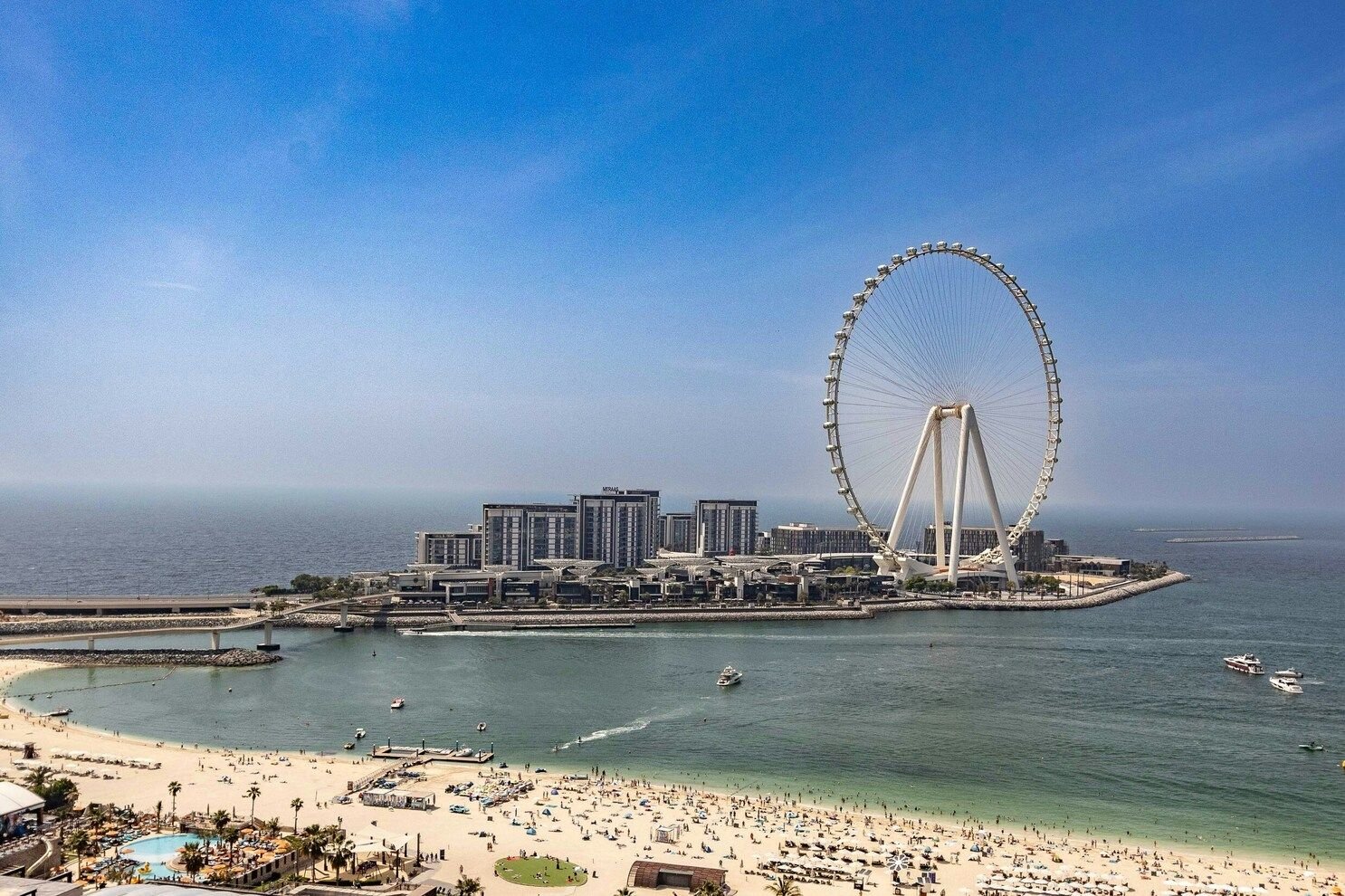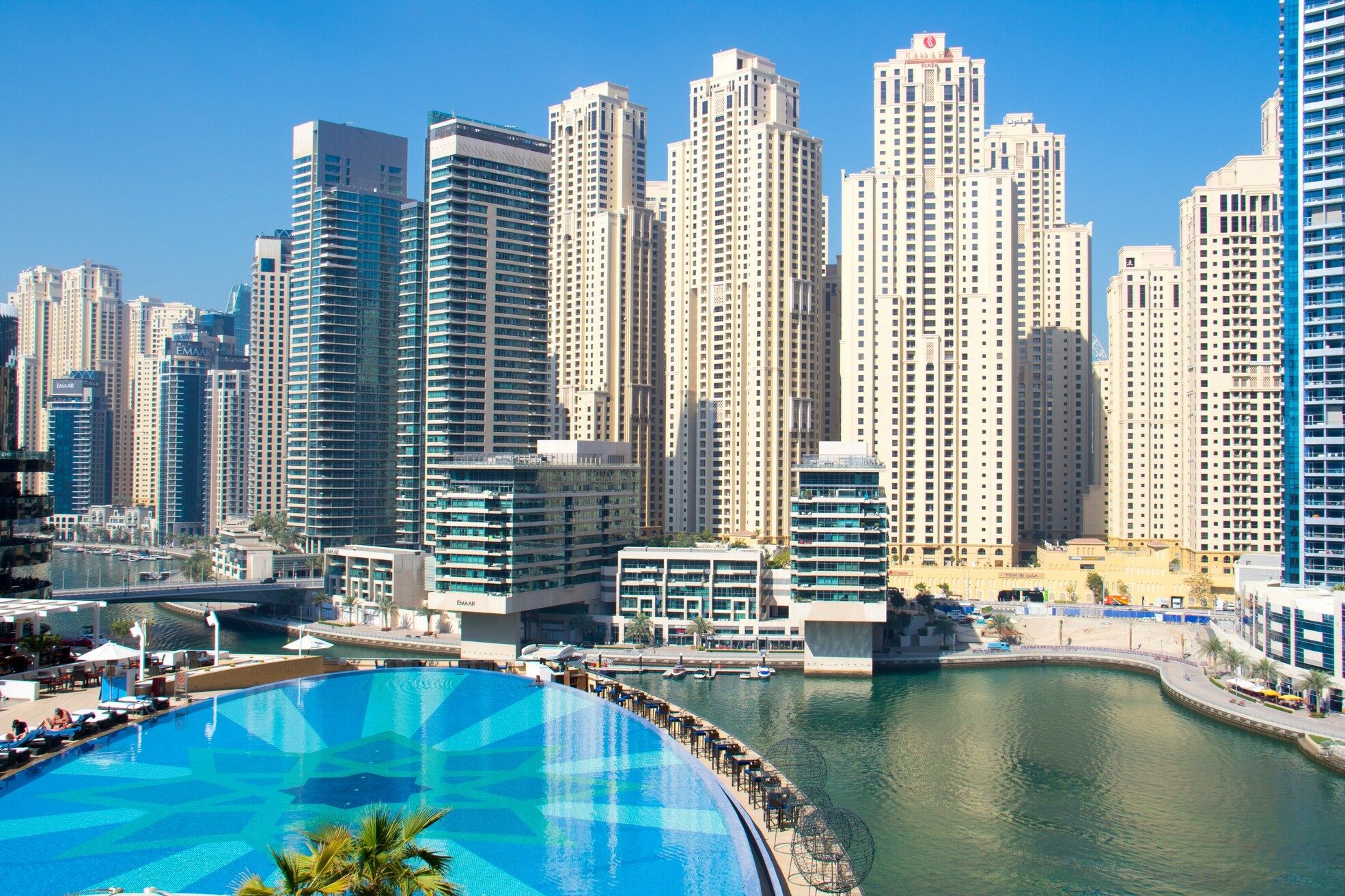
26/08/2025
Beirut at your fingertips. New low-cost flights from Prague
Copy link

Ewelina Winiarczyk
26 sierpnia 2025

Dubai, located in the United Arab Emirates, is a city known for its luxurious shopping malls and impressive architecture. It attracts people from all over the world, offering a high quality of life and numerous career opportunities. Its population is extremely diverse, with residents coming from various countries, such as Europe, Africa, and Asia. Dubai's international character began to take shape in the 1990s, when the city started to attract expats from all over the world. In this article, we will look at Dubai's population statistics, its growth, ethnic composition, and the factors driving the development of this remarkable emirate.
Let's start with the key question: what is the population of Dubai? According to the latest population reports for Dubai, the number of residents is estimated at around 3.6 million in 2025. This is an impressive number, considering that in the 1960s, Dubai was a small fishing village inhabited by only a few thousand people. Compared to the population of the United Arab Emirates, which was around 10.9 million in 2024, Dubai remains the largest and most populous city in the UAE.
Dubai's population statistics show that the city is growing rapidly and its population is steadily increasing. However, it is worth noting that Dubai's demographics are unique compared to other cities in the world, mainly due to the high percentage of expatriates. The city has become a global center for business, tourism, and culture, attracting people from all over the world, from Asia to Europe and Africa.
Do you know where Dubai is located? Check out our article.
According to Dubai's population reports, only about 20% of the population are native Emiratis, i.e. citizens of the United Arab Emirates. The rest, i.e. the vast majority, are expats from over 200 countries. Among them, people from South Asia, especially India, Pakistan, Bangladesh, and the Philippines, dominate, accounting for about 40% of the city's population.
The UAE, and Dubai in particular, also has a significant number of residents from other Arab countries, such as Egypt, Jordan and Syria, as well as from Europe, North America and Africa. For example, there are over 100,000 British people living in Dubai, and the number of Poles is estimated at around 6,000. This diversity has made Dubai one of the most multicultural cities in the world, where different religions, including Islam, Christianity, Hinduism, and Buddhism, coexist in harmony.
Dubai's population growth is one of the most dynamic in the world. In 1965, Dubai had a population of just 150,000, while after 2020 it exceeded 3.4 million. Experts estimate that the population will continue to grow in the coming years, driven by migration and economic development. In 2024, the population density of the UAE rose to 121.8 people per km², with Dubai, as a densely populated emirate, playing a key role in this.
The growth in Dubai's population is closely linked to the city's transformation from a port settlement to a global commercial and tourist center. In the 1990s, Dubai became an international city, attracting economic migrants, particularly in connection with oil production. However, it is not only oil that is driving growth—the UAE government is actively diversifying the economy, focusing on tourism, real estate, and financial services.

What makes Dubai attractive to people from all over the world? Here are the key factors influencing the growth of Dubai's population:
Wondering what the inhabitants of Dubai are called? You'll find the answer in our other article!
The demographics of Dubai are characterized by a clear gender imbalance. Due to the large number of economic migrants, mainly men working in the construction sector, the ratio of men to women is approximately 2:1. In 2024, it is estimated that men will make up about 70% of Dubai's population, while women will make up about 30%. However, in recent years, with the development of sectors such as tourism, education, and financial services, the number of women living in Dubai has been growing.
Dubai is not just a city—it is an emirate that has become a symbol of ambition and innovation. Since the discovery of oil in the 1960s, the city has undergone a remarkable transformation. The government, led by the Al-Maktoum family and currently headed by Sheikh Mohammed bin Rashid Al Maktoum, Vice President of the UAE, has consistently invested in projects that attract people from all over the world.
In the Persian Gulf region, Dubai stands out as a city that combines tradition with modernity. Islam, as the official religion, plays an important role in the lives of the inhabitants, but the city remains open to other cultures and religions. Experts predict that in the coming years, Dubai will continue to attract people, both those looking for business opportunities and those dreaming of living in one of the most fascinating places in the world.
1. How has the population of Dubai changed in recent years?
Dubai's population is growing rapidly, reaching approximately 3.4 million in 2020, with forecasts for 2025 indicating an increase to 3.6 million. The main factors behind this growth are economic migration, the development of the tourism industry, and the expansion of the real estate market.
2. What are the dominant nationalities in Dubai?
Dubai is dominated by South Asian nationalities, particularly from India, Pakistan, Bangladesh, and the Philippines, which make up about 40% of the city's population. The remaining population consists of Emiratis (about 20%) and expats from other Arab countries, Europe, Africa, and North America.
3. What percentage of Dubai's population are foreigners?
Approximately 80% of Dubai's population are foreigners, mainly from South Asia, Arab countries, Europe and other regions of the world.
4. What are the population forecasts for Dubai for the coming years?
According to forecasts, the population of Dubai is expected to grow from around 3.6 million in 2025 to 4.6 million in 2030, and according to the Dubai Urban Plan 2040, the population could reach 5.8 million by 2040. The expected growth will be mainly due to the influx of immigrants, the development of the tourism sector, the implementation of visa programs, and intensive investments in infrastructure and modern technologies.
See other news

26/08/2025
Beirut at your fingertips. New low-cost flights from Prague

26/08/2025
Wizz Air to resume flights to Aqaba from Katowice and Warsaw

26/08/2025
Guide to Dubai - Dubai's 2025 city plan

26/08/2025
Dubai's Best Cafes - 2025 Guide

26/08/2025
The Best Restaurants in Dubai Mall – 2025 Guide

26/08/2025
Free Beaches in Dubai 2025 – Ranking

26/08/2025
Working week and holidays in Dubai

26/08/2025
Accommodation in Dubai near Dubai Marina – the best options

26/08/2025
How many people live in Dubai?

26/08/2025
Cheap Shopping in Dubai – What’s Worth Buying?